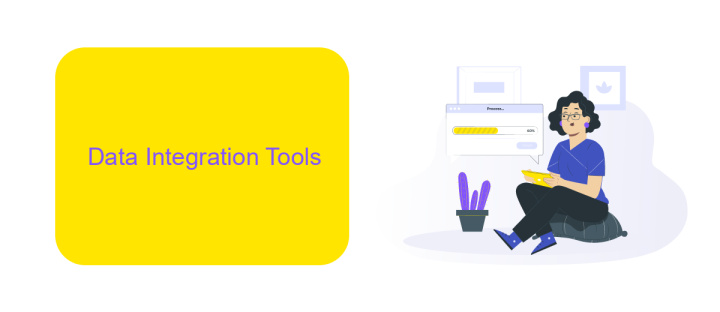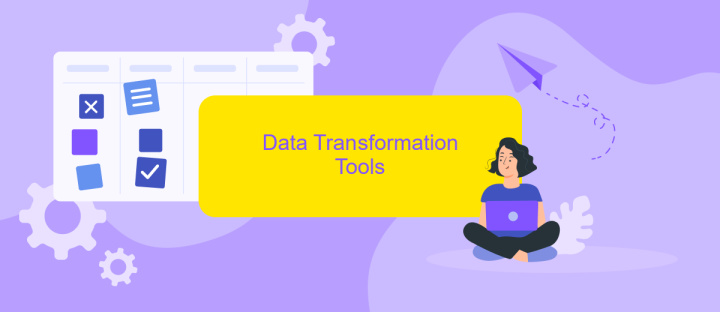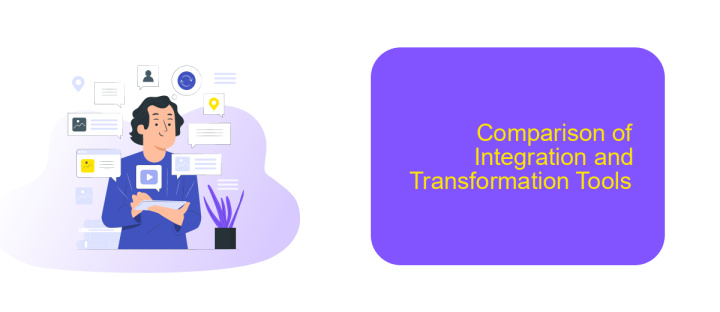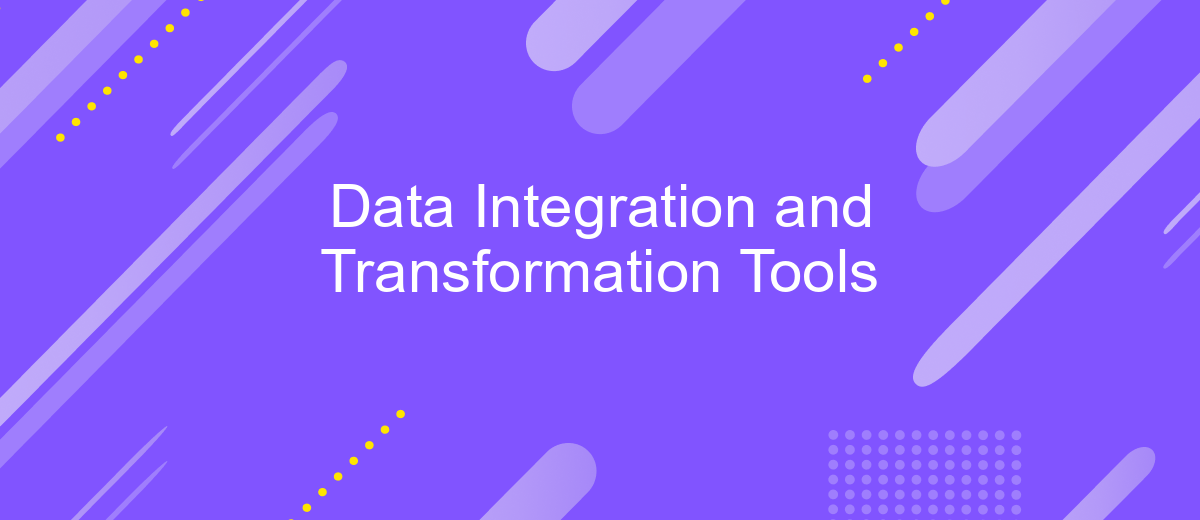Data Integration and Transformation Tools
Data integration and transformation tools are essential in today's data-driven world, enabling organizations to seamlessly combine, cleanse, and prepare data from various sources. These tools facilitate efficient data management, ensuring that businesses can derive actionable insights and make informed decisions. In this article, we explore the key features, benefits, and popular solutions in the data integration and transformation landscape.
Introduction
Data integration and transformation tools are essential in modern businesses, allowing seamless data flow between disparate systems. These tools ensure data consistency and accuracy, which are critical for informed decision-making and operational efficiency. With the right integration and transformation solutions, organizations can streamline their processes and enhance productivity.
- Automated data synchronization
- Real-time data processing
- Customizable transformation rules
- Scalability and flexibility
- Enhanced data security
One such tool is ApiX-Drive, a powerful service that simplifies the setup of integrations between various applications. ApiX-Drive enables users to automate data transfers and transformations without the need for extensive coding knowledge. By leveraging such tools, businesses can achieve efficient data management and unlock the full potential of their data assets.
Data Integration Tools

Data integration tools are essential for businesses looking to streamline their data management processes. These tools facilitate the merging of data from various sources into a unified view, enabling better decision-making and operational efficiency. They support various data formats and protocols, making it easier to handle complex data ecosystems. Modern data integration tools often come with features like data cleansing, transformation, and real-time processing, ensuring that the integrated data is accurate and up-to-date.
One notable example of a data integration tool is ApiX-Drive. This service simplifies the process of connecting different applications and automating data workflows without the need for extensive coding knowledge. With ApiX-Drive, users can easily set up integrations between their CRM, marketing platforms, and other business applications, thereby reducing manual data entry and minimizing errors. The platform supports a wide range of applications and offers customizable workflows, making it a versatile solution for businesses of all sizes.
Data Transformation Tools

Data transformation tools are essential for converting data from one format or structure to another, enabling seamless integration and analysis. These tools help in cleaning, enriching, and structuring data to meet specific requirements. They are crucial for businesses looking to leverage data for decision-making and operational efficiency.
- ETL Tools (Extract, Transform, Load): These tools extract data from various sources, transform it into a suitable format, and load it into a data warehouse. Examples include Talend and Apache Nifi.
- Data Wrangling Tools: These tools focus on cleaning and preparing data for analysis. Popular tools in this category are Trifacta and Alteryx.
- API Integration Tools: Platforms like ApiX-Drive offer seamless integration between various applications, automating data transformation and synchronization processes.
Choosing the right data transformation tool depends on the specific needs of your organization. Factors such as data volume, complexity, and the existing technology stack should be considered. Tools like ApiX-Drive simplify the integration process, making it easier to manage and transform data across different systems.
Comparison of Integration and Transformation Tools

Data integration and transformation tools are essential for businesses looking to unify and manipulate data from various sources. These tools streamline the process of data aggregation, ensuring that information is accurate and accessible. Among the numerous options available, selecting the right tool can be challenging.
Several factors must be considered when comparing data integration and transformation tools, such as ease of use, scalability, and cost. Additionally, the ability to handle diverse data formats and sources is crucial for comprehensive data management.
- ApiX-Drive: Known for its user-friendly interface and extensive integration capabilities.
- Talend: Offers robust data transformation features and is highly scalable.
- Informatica: Renowned for its powerful data integration and data quality tools.
- Microsoft Power BI: Provides excellent data visualization and integration capabilities.
In conclusion, the choice of a data integration and transformation tool depends on specific business needs and the complexity of data workflows. Tools like ApiX-Drive offer a balance of simplicity and functionality, making them suitable for businesses of all sizes. Evaluating these tools based on their features and performance can help in making an informed decision.


Conclusion
In conclusion, the landscape of data integration and transformation tools is continually evolving to meet the growing demands of businesses. These tools are essential for ensuring that data from disparate sources can be seamlessly integrated, transformed, and made usable for decision-making processes. With the right tools, organizations can achieve greater efficiency, accuracy, and agility in their data management practices.
One such tool, ApiX-Drive, exemplifies the advancements in this field by providing a user-friendly platform for automating data integrations. By leveraging ApiX-Drive, businesses can streamline their workflows, reduce manual intervention, and ensure that their data is always up-to-date and synchronized across various systems. As the need for real-time data integration continues to rise, tools like ApiX-Drive will play a crucial role in enabling businesses to stay competitive and responsive in an increasingly data-driven world.
FAQ
What is data integration?
Why is data transformation important?
How can I automate data integration and transformation processes?
What are the benefits of using a data integration tool?
Can I integrate data from multiple sources without coding?
Routine tasks take a lot of time from employees? Do they burn out, do not have enough working day for the main duties and important things? Do you understand that the only way out of this situation in modern realities is automation? Try Apix-Drive for free and make sure that the online connector in 5 minutes of setting up integration will remove a significant part of the routine from your life and free up time for you and your employees.

